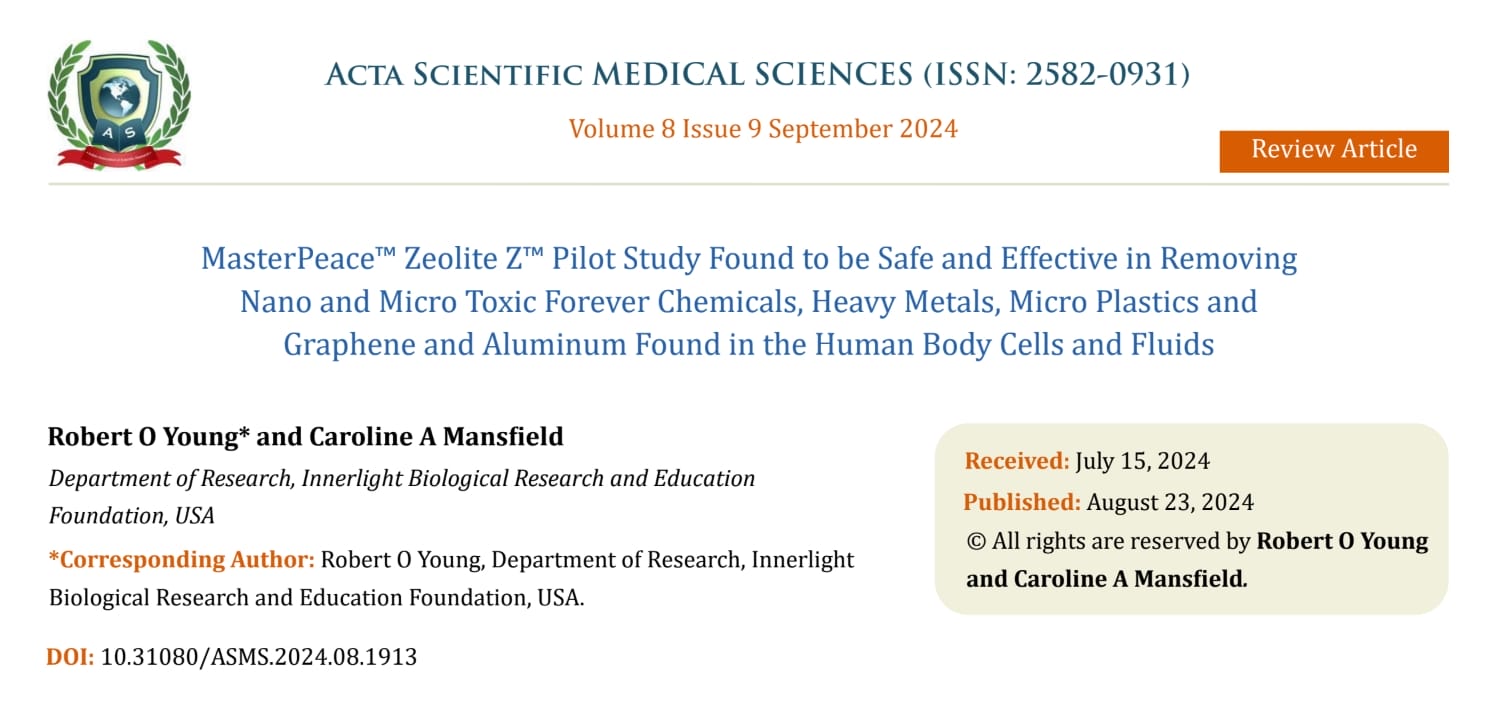Have YOU Had Your Cup of Cancer Today?
Have YOU Had Your Cup of Coffee Today?

Wake UP to the Hidden Dangers!
One 8 ounce cup of coffee has been proven to reduce blood flow to the brain by 52% for 24 hours. The same cup of coffee activates the low IQ centers of our brains for 3 weeks consecutively, shutting off the highest IQ centers of the brain simultaneously.
If you were in the historical business of ruling the uninformed and dis-empowered masses, what would you make sure was available on every street corner?
The pictures below are from experiments NASA originally conducted on spiders, under the influence of certain psychotropic drugs. How good is your life going to be with less than half the oxygen getting to your brain?



The truth about coffee can be found in the book at this added link. https://amzn.to/2S9ZxdG
Find out why drinking coffee makes you easier to manipulate, control, govern and steal from while you are drugged with your cup of coffee!
23 Good Reasons WHY YOU Should Never Drink Another Cup of Coffee – Please Read and Share!
1. Methyl parathion
This is the most toxic pesticide of all. It is is highly toxic to humans, birds, fish, and mammals. It’s used to fight leaf miner infestations. Leaf miners are insects that eat at leaves of plants. Despite how dangerous it is, it’s still (mis)used in some countries.
2. Endosulfan
This pesticide is used against coffee cherry borer, a common coffee consuming bug. It’s doesn’t dissolve easily and takes ages to break down in soil and is toxic to most animals. It affects the central nervous system, reproductive organs, kidneys, and liver, and is considered to be worse than the pest itself; it’s even been responsible for human death!
3. Chlorpyrifos
This is also used against common coffee pests and has been banned in the US for household use because it has caused human death and birth defects. Needless to say, it’s quite detrimental to delicate ecosystems.
4. Triadimefon
Copper-based fungicide used to against coffee rust. Only slightly toxic to birds, little is known about its effect on humans, but it is suspected that there is potential for reproductive problems with chronic exposure. (Like people who drink coffee every day.) It has been found to induce hyperactivity in rats. The major concern is that long-term use of this and other copper-based fungicides is copper accumulation in soils, such as that found in coffee farms in Kenya and in Costa Rica. Copper toxicity has been found in other crops grown in these soils, and copper impacts other biochemical and biological processes in soil which will poison people eating these crops not to mention the people who drink coffee.
5. Caffeine
One 8-ounce cup of coffee has 95 milligrams of caffeine and a 1-ounce single shot of espresso has 64 milligrams. Consuming too much caffeine can make you restless, anxious, irritable and then dead. Caffeine is an acid or oxidant poison with a pH of 5.5 and an oxidative reduction pH of over +250 mV. When you drink a cup of coffee the body reacts to the poisons in the coffee and you feel it as adrenalin rush as the body starts releasing alkaline buffers to neutralize the poison or the caffeine acid. It only takes 3 cups of coffee or acid to go into potential caffeine intoxication or 300mg which can cause a cardiac arrest. One drop of pue caffeine or 2 grams of caffeine powder will kill you instantly.
6. pH
Coffee has a perfect pH for cancerous cells 5.5. Research at the Brigham Young University showed that you can keep cancer cells alive indefinitely in a cup of coffee.
7. ORP
Coffee is NOT an antioxidant but an oxidant which activates the alkaline buffering system and depletes your body of alkalizing minerals such as sodium bicarbonate and potassium bicarbonate.
8. Stomach
Because coffee is an acidic beverage it causes the stomach to produce sodium bicarbonate which increases the hydrochloric acid in the stomach leading to acid reflux, GERD, ulcers and stomach cancer.
9. Damages Cover Cells of the Stomach
Coffee is a hot beverage and any hot beverage will damage the cover cells of the stomach which cells produce sodium bicarbonate for maintaining the alkaline design of all the body fluids.
10. Stimulate
Coffee is saturated with hydrogen ions or protons and thus steals energy from your body making you more tired after the stimulating effects wear-off. This creates the addiction for more coffee in order to achieve an energy increase or buzz. Continued use of coffee leads to enervation than irritation, then inflammation, then ulceration and finally degeneration or cancer.
11. Cafestol
Coffee increases the level of cholesterol. Why? Because coffee contains an acid substance called cafestol which triggers the rise of cholesterol levels. The cafestol blocks a receptor in an intestinal pathway crucial for cholesterol regulation, and is the most potent food chemical to do this. Increased amounts of this acid will increase cholesterol for the purpose of buffering and maintaining the alkaline design of the body.
12. Intestinal Villi Damage
Coffee compromises the alkalinity of the small intestine at a pH of 8.4. This causes the intestinal villi to lie down preventing the biological transformation of food or chyme into stem cells which takes place in the crypts of the intestinal villi. This leads to lowered blood counts, improper blood cell formation and symptoms anemia, pernicious anemia, and hemolytic anemia. Coffee also damages the intestinal villi leading to more serious conditions such as proper bone, muscle and organ regeneration.
13. Cancer
Coffee contains over 1000 chemicals of which only 22 have been studied leaving 978 left to study. All of the chemicals studied to date have been found to be carcinogenic. So next time to pick up that cup of coffee think of it as your cup of cancer!
14. Sugar and Cream
Add the sugar and cream and you just created one toxic and addictive acidic/poisonous beverage.
15. Heart Disease
There is controversial scientific evidence linking coffee consumption to heart diseases. Some studies even state that “consumption is associated with significantly increased risk of cardiovascular disease.” These same studies have shown a cholesterol-raising effect in some of the chemical compounds of coffee, such as determines, cafestol, kahweol and plasma homocysteine. This may be of-set by some of the antioxidants, but the overall agreement is that coffee may adversely effect the heart.
16. Blood Vessels
Coffee disturbs the functioning of blood vessels, both in turgidity and tone.
17. Cardiovascular System
Coffee affects our nervous system, heart rhythms and has been consistently linked to irregular heartbeats. It may also adversely affect blood pressure.
18. Osteoporosis
Coffee drinking should be heavily avoided by people at risk, or who have Osteoporosis. Studies show a link between drinking coffee and urinary calcium excretion.
19. Heartburn
Many people report that coffee increases heartburn.
20. Sleep Disturbance
Coffee, particularly in the evening or at night, can lead to sleep disturbance.
21. Dehydration
Drinking coffee depletes water reserves in the body.
22. Addiction
While the FDA recognizes caffeine as “safe,” it is still a drug, as it significantly alters the nervous system, leading to addiction over time.
23. Extreme Withdrawal Symptoms
You may experience withdrawal symptoms when you try to give up coffee. This can lead to headaches, irritability, body aches, and other more extreme symptoms.Coffee beans are green and alkaline on the tree until they are fermented and spoiled rotten to a brown acidic, dis-ease causing color.
To read more Dr. Robert O Young articles go to: www.drrobertyoung.com
References
1. Noever, R., J. Cronise, and R. A. Relwani. 1995. Using spider-web patterns to determine toxicity. NASA Tech Briefs 19(4):82. Published in New Scientist magazine, 29 April 1995
2. Rainer F. Foelix (2010). Biology of spiders. Oxford University Press. p. 179. ISBN 978-0199813247.
3. Peter Witt and Jerome Rovner (1982). Spider Communication: Mechanisms and Ecological Significance. Princeton University Press. ISBN 978-0-691-08291-2.
4. Nathanson, J. A. (1984). “Caffeine and related methylxanthines: possible naturally occurring pesticides”. Science. 226 (4671): 184–7. doi:10.1126/science.6207592. PMID 6207592.
5. Bennett Alan Weinberg, Bonnie K. Bealer (2001). The world of caffeine: the science and culture of the world’s most popular drug. Routledge. pp. 237–239. ISBN 978-0-415-92723-9.
6. “The Complexity Based Analysis of the Correlation between Spider’s Brain Signal and Web”. ARC Journal of Neuroscience. 2 (3). 2017. doi:10.20431/2456-057x.0203006.
7. Frischknecht, P. M.; Urmer-Dufek J.; Baumann T.W. (1986).”Purine formation in buds and developing leaflets of Coffea arabica: expression of an optimal defence strategy?”. Phytochemistry. 25 (3): 613–6. doi:10.1016/0031-9422(86)88009-8.
8. Baumann, T. W.; Gabriel H. (1984). “Metabolism and excretion of caffeine during germination of Coffea arabica L”. Plant and Cell Physiology. 25 (8): 1431–6. doi:10.1093/oxfordjournals.pcp.a076854.
9. Guerreiro Filho, Oliveiro; Mazzafera, P (2003). “Caffeine and Resistance of Coffee to the Berry Borer Hypothenemus hampei (Coleoptera: Scolytidae)”. Journal of Agricultural and Food Chemistry. 51 (24): 6987–91. doi:10.1021/jf0347968. PMID 14611159.
10. Araque, Pedronel; Casanova, H; Ortiz, C; Henao, B; Pelaez, C (2007). “Insecticidal Activity of Caffeine Aqueous Solutions and Caffeine Oleate Emulsions against Drosophila melanogaster and Hypothenemus hampei”. Journal of Agricultural and Food Chemistry. 55 (17): 6918–22. doi:10.1021/jf071052b. PMID 17658827.
11. Hollingsworth, Robert G.; Armstrong, JW; Campbell, E (2002). “Pest Control: Caffeine as a repellent for slugs and snails”. Nature. 417 (6892): 915–6. doi:10.1038/417915a. PMID 12087394.
12. JI Glendinning, NM Nelson and EA Bernays (2000). “How do inositol and glucose modulate feeding in Manduca sexta caterpillars?”. Journal of Experimental Biology. 203 (8): 1299–315. PMID 10729279.
13. Ronald K. Siegel (2005). Intoxication: the universal drive for mind-altering substances. Inner Traditions / Bear & Company. pp. 61–63. ISBN 978-1-59477-069-2.
14. “The Influence of Chronic Exposure to Antipsychotic Medications” Published 9 March 2005.
15. Dorph-Petersen, KA; Pierri, JN; Perel, JM; Sun, Z; Sampson, AR; Lewis, DA (September 2005). “The influence of chronic exposure to antipsychotic medications on brain size before and after tissue fixation: a comparison of haloperidol and olanzapine in macaque monkeys”.
16. Neuropsychopharmacology. 30 (9): 1649–61. doi:10.1038/sj.npp.1300710. PMID 15756305.



